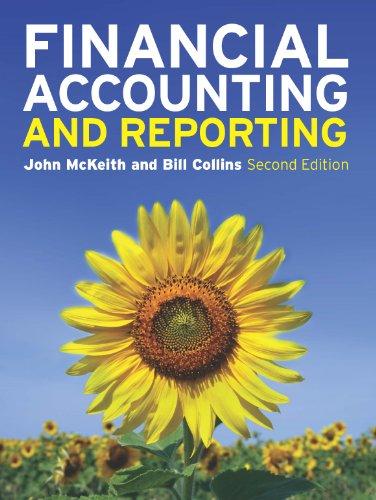I. Suppose in this economy aggregate output = $6200, consumption spending= $4 spending-$1100, net taxes = $900, transfers = $100, government budget surplus = $80, exports si50. Assume householders are the owners of the firms and there are no corporations government pays no subsidies to firms and firms pay no indirect taxes. (a) Draw a circular diagram for this type of economy. Label all the flows. (b) For this economy calculate: 500, investment (i) the value of the disposable income in this economy; (ii) the amount of government purchases; (iii) the value of net exports; (iv)the value of net foreign investment (v) the amounts of - the private saving, - the public saving, - the national saving - the foreign sector saving (c) Is government a lender or a borrower in the financial market? Explai (d) Is there capital inflow or outflow? Explain. Define if the country is a borrower or a lender Why? (e) How is investment financed in this economy? Give your calculations and explanation. (O Put figures for all the flows in this economy on your diagram from point II (a) fine the difference between the injection and the leakage. Identify each of the flows on your diagram as either an injection or a leakage. What other examples of injections and leakages can you give (that are not included in your diagram according to the task)? ) De 9 alculate the sum of leakages and the sum of injections. Compare the results and make a common conclusion about the relation between infections and leakages in the complete four- sector model of the economy. (h) C I. Suppose in this economy aggregate output = $6200, consumption spending= $4 spending-$1100, net taxes = $900, transfers = $100, government budget surplus = $80, exports si50. Assume householders are the owners of the firms and there are no corporations government pays no subsidies to firms and firms pay no indirect taxes. (a) Draw a circular diagram for this type of economy. Label all the flows. (b) For this economy calculate: 500, investment (i) the value of the disposable income in this economy; (ii) the amount of government purchases; (iii) the value of net exports; (iv)the value of net foreign investment (v) the amounts of - the private saving, - the public saving, - the national saving - the foreign sector saving (c) Is government a lender or a borrower in the financial market? Explai (d) Is there capital inflow or outflow? Explain. Define if the country is a borrower or a lender Why? (e) How is investment financed in this economy? Give your calculations and explanation. (O Put figures for all the flows in this economy on your diagram from point II (a) fine the difference between the injection and the leakage. Identify each of the flows on your diagram as either an injection or a leakage. What other examples of injections and leakages can you give (that are not included in your diagram according to the task)? ) De 9 alculate the sum of leakages and the sum of injections. Compare the results and make a common conclusion about the relation between infections and leakages in the complete four- sector model of the economy. (h) C







